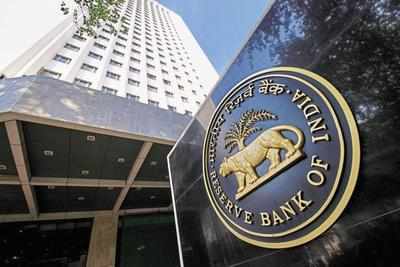India’s economy grew at a much slower pace than economists expected last quarter, giving the central bank more reason to keep interest rates unchanged this week. After breaking through the 8 percent mark in the quarter through June, growth eased to 7.1 percent in the three months through September — lower than almost all the estimates in a Bloomberg survey — as back-to-back rate hikes in June and August, a funding squeeze and subdued growth in farming put a brake on the world’s fastest-expanding economy. With inflation already at a 13-month low and oil prices sliding, calls for the Reserve Bank of India to stay on hold on Wednesday — as most economists expect — are getting stronger. The RBI kept its benchmark rate unchanged at 6.5 percent in October, lowering its growth forecast for the first quarter of the 2020 fiscal year to 7.4 percent. We continue to forecast that India’s growth will slow down in 2019, said Priyanka Kishore, an economist at Oxford Economics in Singapore. And with cost pressures easing, we now expect the RBI to pause policy for an extended period. Budget goals may come under pressure if slower growth prompts Prime Minister Narendra Modi’s administration to boost spending before elections next year. It may also increase tension between the Reserve Bank of India and the government, which is trying to get Governor Urjit Patel and his team to do more to ease the credit crunch.
India’s weakening economy adds to case for RBI to hold rates

